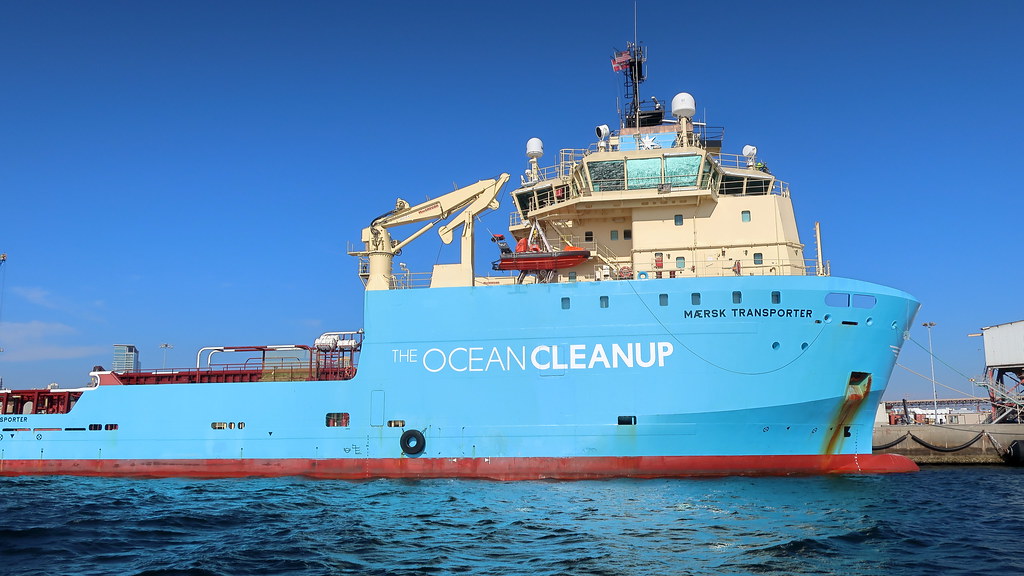As a consumer, one of the hardest products for me to find plastic free alternatives is feminine hygiene products. This product is a necessity to me, and many others. Women in the United States alone spend around 2.8 billion dollars on femine products. Firstly, let me explain how tampons were created. It dates all the way back to Cleopatra, using natural products rolled into the tampon shape. Women created their own out of their living rooms, using cloth materials. In 1933, the first applicator was created, made completely out of cardboard. It became a patented product and became a household staple. Soon the tampons and applicators were changed. The cardboard was switched to a plastic material.

Tampons today are made of a mixture of cotton and rayon. Rayon is a fiber that comes from cellulose, created from wood. Rayon alone takes 250 megajoules to produce 2.2 kilograms. This blend of fibers goes through a rigorous process to create. Outside of the cotton and rayon layer, a lining of synthetic fibers surround the interior. The string is connected inside of the tampon which allows you to take it out. This string is also made of a synthetic material blend. The tampon is then enclosed in a synthetic plastic applicator. Once the tampon is done in production, it is then placed inside of a plastic wrapper. These items are used once and disposed of.
In the first step of production, cotton is produced. The production of cotton is not sustainable. It takes high amounts of water and energy to farm. Oftentimes, causing the farmers to work in unsafe conditions. The rayon is created using toxic chemicals and is then strung into fibers. The packaging process is extremely harmful to the environment. The plastic is created using raw materials and fossil fuels. These production plants fill the air with high amounts of dangerous emissions. They are then shipped out to different stores. They have different methods of transportation such as trucks, ships, trains, and airplanes. All of these methods damage the environment.

On average, women use 240 tampons a year. Menstrual products are considered to be medical waste so it is hard to track how much ends in landfills. Experts guess that there are around 20 billion sitting in the landfills. Sadly, the lack of oxygen in landfills makes it extremely difficult for this product to decompose. The fibers are very dense, and while in production, they go through a process that leads to the fibers being bleached. This process of bleaching adds more time in the decomposition process. It takes around 500 years for them to fully decompose, including the applicator and wrapper.

Unfortunately, it is hard to reduce the impacts of this product. They are not recyclable once they are used due to the fact that they are contaminated. There are many other options if you want to cut down on your plastic waste. Most tampons will still contain an amount of plastic, but cardboard applicators are a great alternative. They are wrapped in a paper wrapper instead of plastic.

These are products that are necessities and most people do not realize just how much plastic, energy, and waste goes into each tampon. I hope that in the future these big companies will come out with more eco-friendly options for the consumers.
https://www.youtube.com/watch?v=TzLvrgmw-Vk




